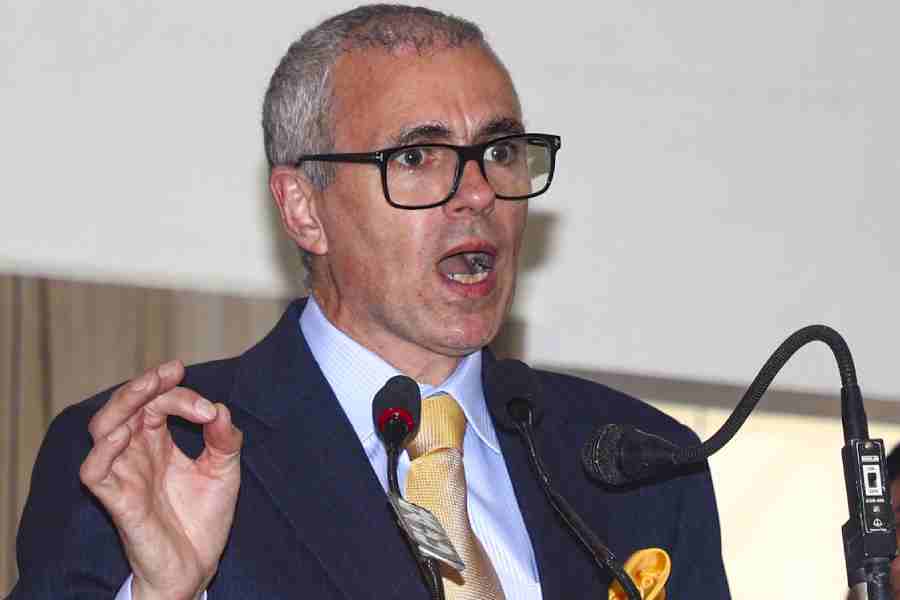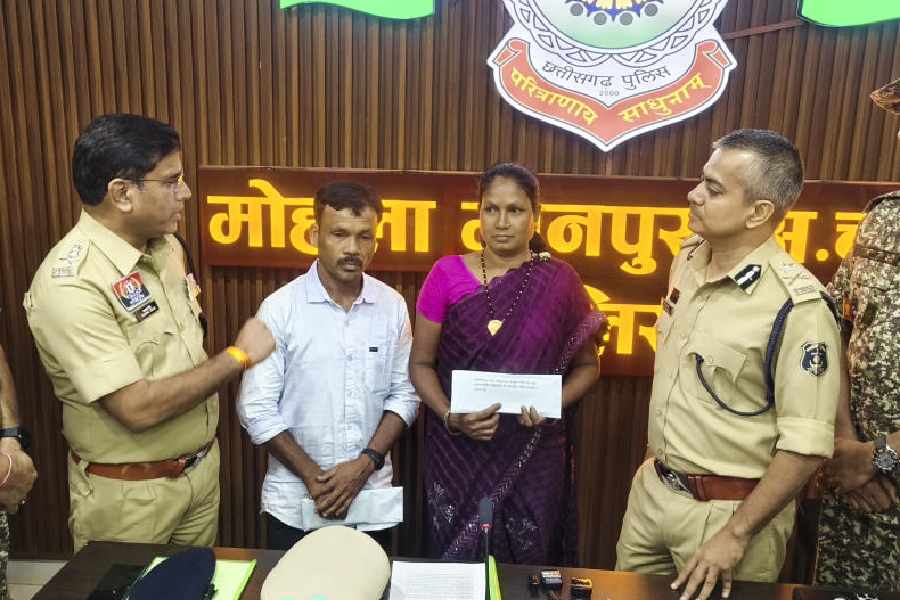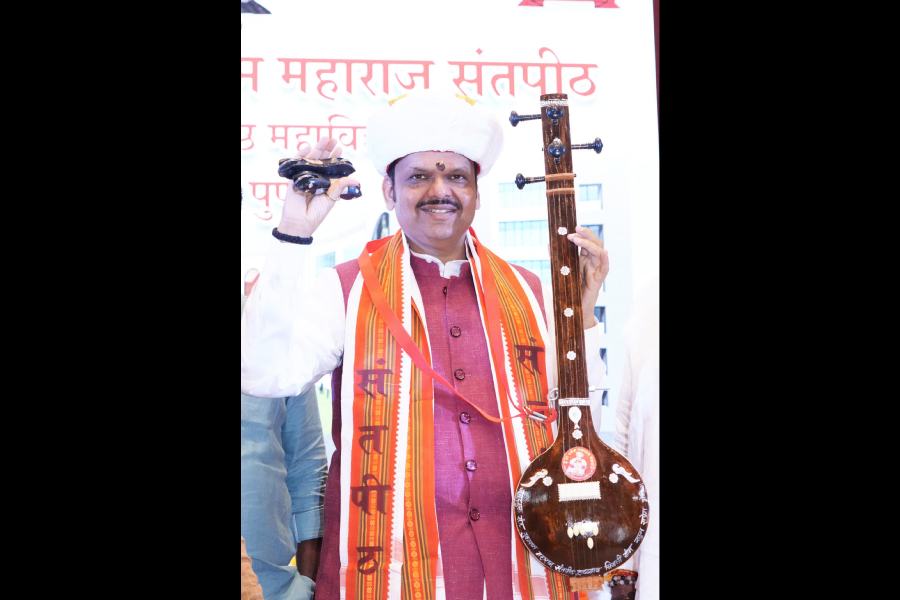
After Brexit, on a beautiful sunny summer afternoon, 29-year-old Andy Murray won his second Wimbledon title. His straight set victory over the six-feet-five-inch Canadian Milos Raonic brought much needed cheer to British hearts. The Royal Box was overflowed with celebrities from every walk of life.
In the presence of the Royals, the British prime minister, film stars, legendary sports personalities and tennis immortals Murray put up a dazzling display. A sobbing Murray put his roaring, muttering and fist pumping aside and flashed a captivating rare smile. It was Murray's finest hour. On this form, Murray will be a strong challenger to Novak Djokovic for the top spot in the world of tennis. The baby-faced Raonic with more experience and enlightened coaching could bridge the gap and join the race for the top spot. His service delivered from a height of over 10 feet can attain a speed of 147 mph, coupled with a booming forehand and telescopic reach Roanic can destroy any defence.
In the semi-finals, Roger Federer, now 34 years of age, came back from injuries and conjured up his old magic on the Centre Court with a stunning display against Raonic. He seemed poised to close out the match in the fourth set, when two double faults at a vital stage took the initiative and match away from him. It broke my heart to see Federer, one of the all time greats sprawled face down in the forecourt in a vain effort to reach for a shot.
The physio frantically massaged Federer's hamstring at the changeover, but Federer looked totally shattered. The pundits of the game attributed Federer's defeat to the inadequate match play preparation due to his injuries. I am inclined to believe that these were wobbles associated with the passing of time. Federer's chances of winning another Grand Slam are now the stuff of dreams.
The happenings of the first week, indeed of the whole tournament, was the shock defeat of the top seeded 29-year-old Serb Novak Djokovic in the third round. Winner of four Grand Slams in a row with a whopping tally of a $100 million in prize money, he seemed to be in his prime and invincible.
The top notchers of the game have been totally frustrated by his consistency, per point accuracy, elastic reach and stubborn resistance. Djokovic's huge support team has chiselled his body to perfection for the game of tennis to the extent that one could call him robotic.
The surly looks told one the whole story of his defeat. His face was drawn and gaunt. The smile had gone and he looked morose. He was touchy and seemed to be at odds with his support team led by Boris Becker. To add to all this, the match was played over two days in four rain interrupted chapters.
One is tempted to say that Djokovic's tank was drained by excessive competitive play. To me it seemed that it could well be a domestic problem. No support team can control, fuel or read the mind. In addition to all this, the Serb had to face the six-foot-six-inch Californian 28-year-old Sam Querrey.
As I had written earlier, the giants of the game - all of whom are well over six feet - are dominating the top 10. With mighty serves at speeds ranging from 130mph to 140mph, backed by explosive forehands, they are set to dominate the game in the future.
All the quarter finalists in the championships are well over six feet in height with Federer sneaking in at six feet and one inch. Murray (six-foot-three-inches) has mercurial mobility and lightning reflexes. One could surmise that six-foot-three could be the new benchmark for the future in tennis.
A new Wimbledon phenomenon was the influx of past champions for tactical advice in the support boxes of most of the leading players. One player had employed three coaches! Of course they can help, but they can also cause major disruptions in a player's game as they cannot assess the strength and weaknesses properly of the players in a short time. Time and performance will soon sort things out.
For Indians, holders of two titles in 2015, this was a disastrous Wimbledon.
Martina Hingis and Sania Mirza, ladies doubles defending champions, were defeated by Timea Babos and Yaroslava Shvedova in the quarter finals. In the mixed doubles Sania and Ivan Dodjic, the top seeds, lost to the wild card British pair of Neal Skupski and Anna Smith in the second round.
The ageless wonder Leander Paes and Martina Hingis, winners in 2015 of the mixed doubles, lost to the unseeded pair of Henri Kontinen and Heather Watson in the quarter finals.










